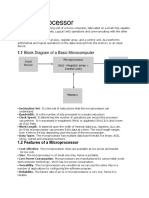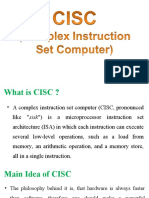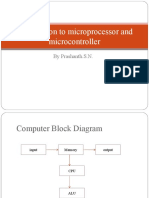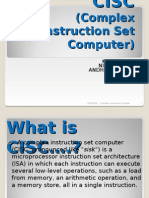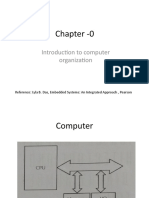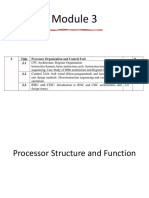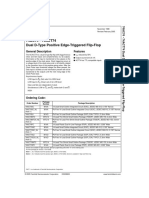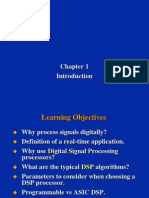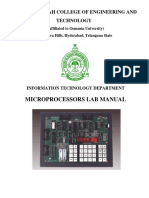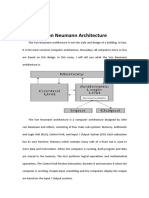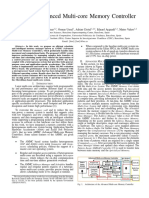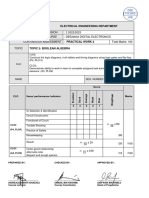0% found this document useful (0 votes)
9 views46 pages16 - Computer Design Basics
this contains the computer degn baiscs of DLD
Uploaded by
vascured899Copyright
© © All Rights Reserved
We take content rights seriously. If you suspect this is your content, claim it here.
Available Formats
Download as PDF, TXT or read online on Scribd
0% found this document useful (0 votes)
9 views46 pages16 - Computer Design Basics
this contains the computer degn baiscs of DLD
Uploaded by
vascured899Copyright
© © All Rights Reserved
We take content rights seriously. If you suspect this is your content, claim it here.
Available Formats
Download as PDF, TXT or read online on Scribd
/ 46
